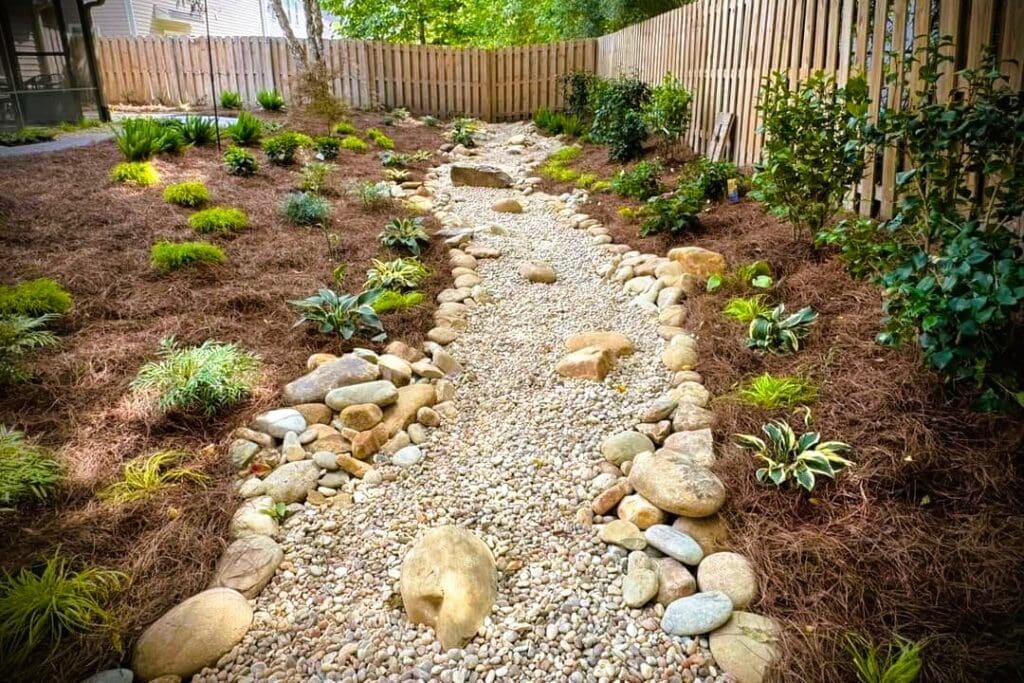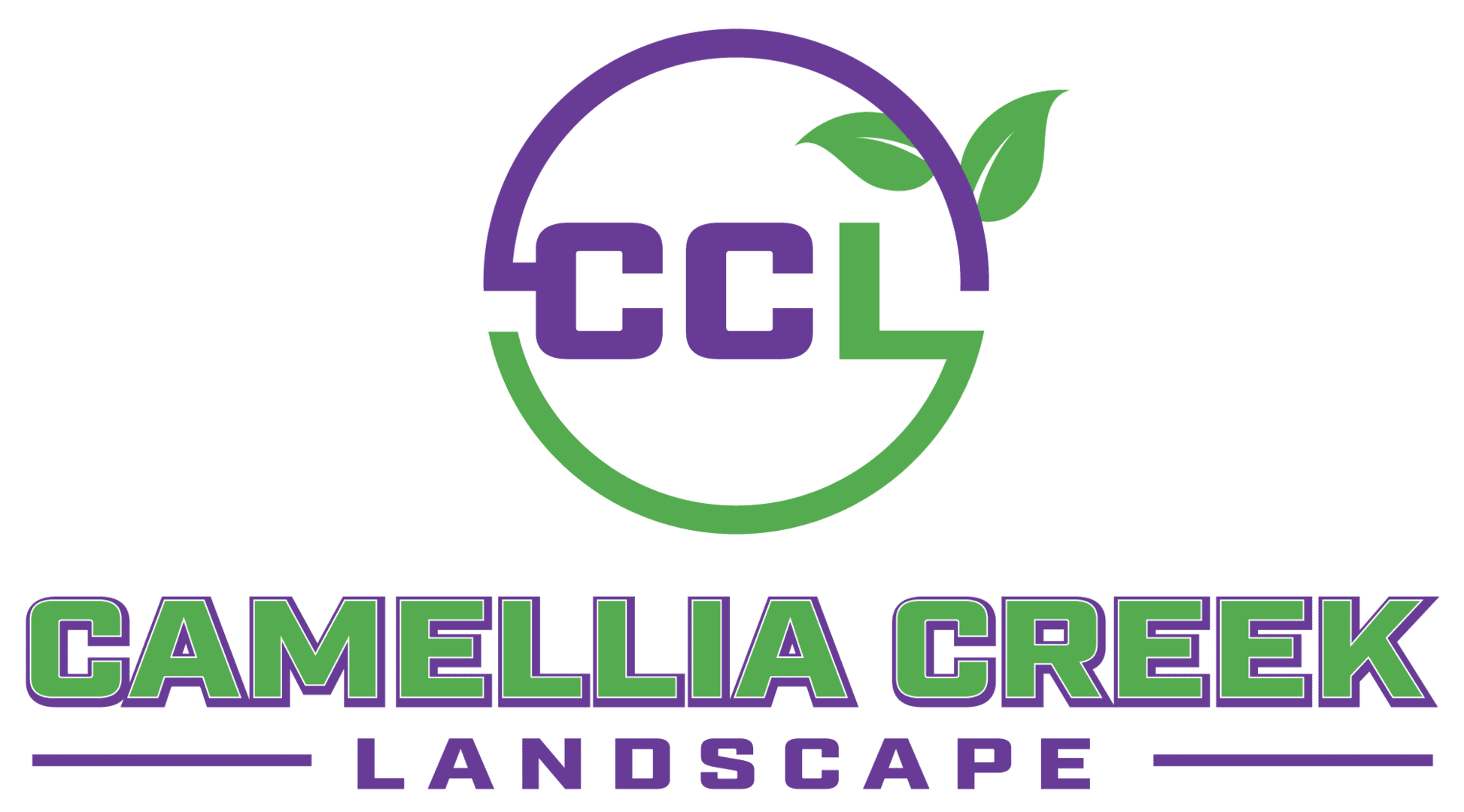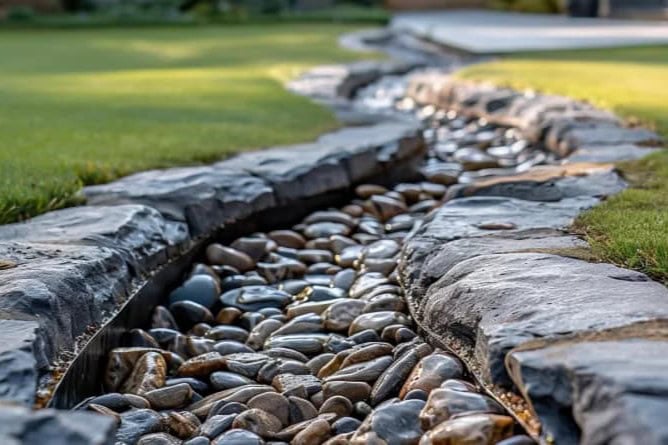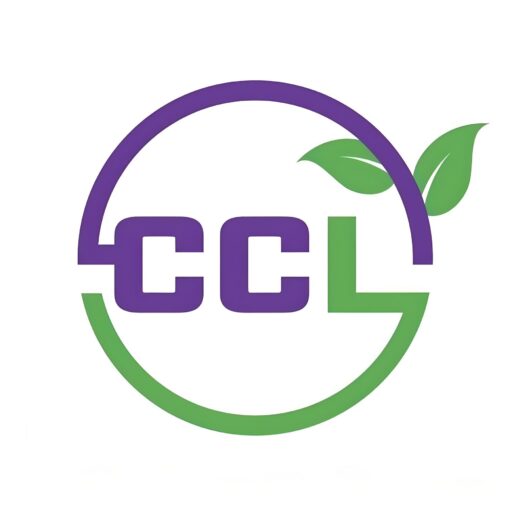Proper drainage is one of the most critical aspects of any hardscaping project. Without the right planning, water can pool, soil can erode, and long-term damage can occur. Professional landscapers understand that drainage is not just an afterthought—it’s a key element of a successful outdoor design. Their ability to integrate functional drainage solutions while maintaining the beauty of the space sets them apart.
Professional landscapers carefully plan hardscaping projects with drainage in mind. They evaluate the property, determine the necessary drainage methods, and execute a design that balances aesthetics with functionality. This process requires both expertise and practical knowledge, and it’s exactly what landscapers excel at.
Why Drainage Solutions Are Essential in Hardscaping
Hardscaping projects often involve impervious materials, like stone or concrete, which do not allow water to absorb into the ground naturally. This makes effective drainage planning an absolute necessity. For example, a professional landscaper working on a large patio installation once encountered a property with severe water runoff issues. They implemented a combination of French drains and strategic slope designs, saving the homeowner from future water damage.
The importance of drainage in hardscaping cannot be overstated:
- Prevents water pooling around hardscaping elements.
- Reduces the risk of erosion and soil displacement.
- Protects the foundation of outdoor structures.
Professional landscapers are well-versed in addressing these challenges through efficient drainage solutions.
Assessing Site Conditions for Drainage
A successful hardscaping project starts with a thorough evaluation of the site. Landscapers examine natural slopes, soil types, and existing vegetation to understand how water currently flows across the property. This assessment allows them to anticipate potential drainage problems and incorporate solutions before construction even begins.
Key site conditions to consider include:
- Natural elevation and slope patterns.
- Soil permeability and absorption rates.
- Proximity to structures like houses or fences.
By thoroughly assessing these factors, landscapers can create a plan that works in harmony with the environment, not against it.
Types of Drainage Solutions Used by Landscapers
There is no one-size-fits-all approach to drainage in hardscaping. Professional landscapers utilize a variety of drainage methods, depending on the specific needs of the property. One of the most common techniques is the installation of French drains, which are underground pipes designed to carry excess water away from the site.
Other popular drainage methods include:
- Catch basins: These collect surface water and direct it to an underground drainage system.
- Channel drains: Often used near driveways and patios, these help divert water along a specific path.
- Permeable pavers: These allow water to filter through the surface rather than pooling.
Landscapers select the right solution based on the unique characteristics of the project, ensuring the hardscaping lasts for years to come.
Integrating Drainage into Hardscaping Design
Hardscaping isn’t just about function; it’s about creating a beautiful, cohesive outdoor space. Landscapers integrate drainage solutions into the overall design without sacrificing aesthetics. For example, permeable pavers offer a seamless look while promoting proper water management. Similarly, dry creek beds can be both functional and decorative, guiding water away from key areas while adding a natural element to the landscape.
Landscapers often combine multiple elements to achieve the perfect balance:
- Grading and sloping for water flow control.
- Permeable hardscaping materials for water absorption.
- Hidden drainage systems like French drains for functionality.
These techniques keep the focus on the beauty of the space, while still providing the necessary infrastructure to handle water effectively.

Preventing Water Damage with Hardscaping
One of the major reasons professional landscapers prioritize drainage is to prevent water damage to both the hardscape and surrounding property. Standing water can weaken the foundation of patios, walkways, and retaining walls. Over time, this leads to costly repairs or even the complete replacement of hardscaping features.
Water damage can also affect:
- Plant health, as roots can become waterlogged.
- Erosion of soil around hardscaping elements.
- Structural damage to nearby buildings or fences.
Preventing these issues from the start is what sets a professionally designed hardscape apart from DIY projects or poorly planned installations.
Avoiding Common Drainage Mistakes
It’s easy to underestimate the complexity of drainage in hardscaping. Many homeowners attempt to tackle projects themselves, only to encounter drainage issues later. Professional landscapers avoid common mistakes, such as improper grading or relying solely on surface-level drainage solutions. Their experience ensures they can anticipate potential challenges and address them during the design phase.
Common mistakes landscapers avoid:
- Installing hardscaping without considering natural water flow.
- Failing to include sufficient drainage channels or systems.
- Overlooking potential erosion caused by poor water management.
By sidestepping these issues, landscapers create durable, long-lasting hardscapes that stand up to the elements.
Choosing the Right Materials for Drainage Solutions
Not all hardscaping materials are created equal, especially when it comes to managing water. Landscapers carefully select materials that complement the design while promoting proper drainage. For example, permeable pavers are a top choice for driveways and walkways because they allow water to pass through rather than accumulating on the surface.
Materials commonly used for drainage solutions include:
- Permeable pavers: Ideal for walkways, patios, and driveways.
- Gravel and river rock: Often used in dry creek beds or drainage swales.
- Geotextile fabric: Prevents soil erosion while allowing water to pass through.
By choosing the right materials, landscapers can enhance the functionality of the space without sacrificing style or durability.
Maintaining Hardscaping Drainage Systems
Once a hardscaping project is complete, proper maintenance is essential to ensure the drainage systems continue to function effectively. Professional landscapers provide guidance on how to care for these systems, from clearing debris out of drains to inspecting the grading over time.
Maintenance tasks for drainage systems include:
- Regularly checking and cleaning drains and gutters.
- Inspecting for any signs of erosion or water pooling.
- Ensuring slopes and grading remain intact after heavy rainfall.
Consistent maintenance keeps the hardscaping and drainage system working as intended, protecting the investment for years to come.
Key Takeaways on Hardscaping for Drainage Solutions
- Proper drainage planning is critical to the success of any hardscaping project.
- Landscapers use a variety of drainage solutions, including French drains, catch basins, and permeable pavers.
- Assessing site conditions and choosing the right materials are key steps in the process.
- Regular maintenance helps prevent erosion, water pooling, and structural damage.
Frequently Asked Questions About Hardscaping Drainage Solutions
- Why is drainage important in hardscaping?
Drainage ensures water doesn’t pool around hardscaping elements, prevents erosion, and protects the foundation of structures. - What is a French drain and how does it work?
A French drain is an underground pipe that redirects water away from the site, preventing pooling and erosion. - Can I add drainage solutions to existing hardscaping?
Yes, professional landscapers can retrofit existing hardscaping with drainage solutions like catch basins or channel drains. - How often should I maintain my drainage system?
Regular maintenance, such as clearing debris and inspecting grading, should be done at least once a year or after heavy rain. - What materials are best for hardscaping with drainage?
Permeable pavers, gravel, and geotextile fabric are common materials used to promote proper drainage in hardscaping projects.


